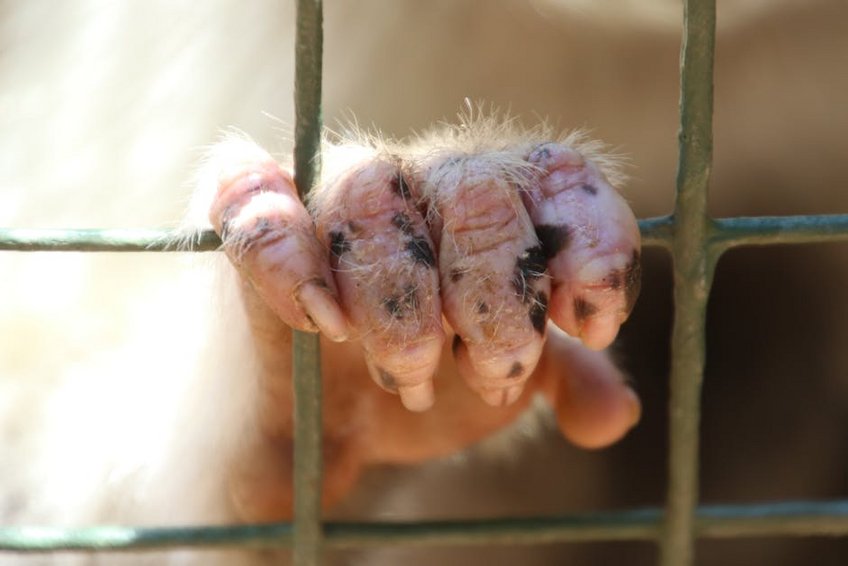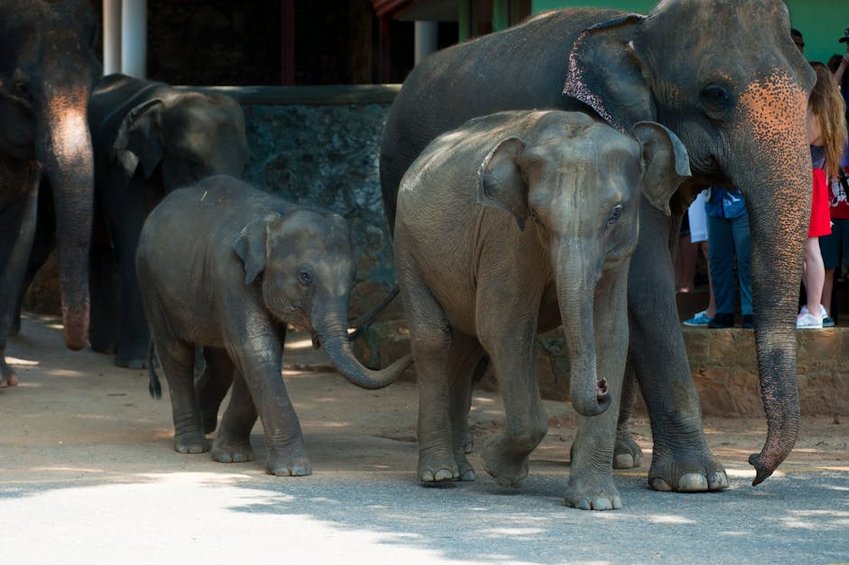Swaziland Mlilwane Wildlife Sanctuary: Premier African Safari Destination
Swaziland Mlilwane Wildlife Sanctuary offers an intimate wildlife experience in the heart of Eswatini’s stunning landscapes. This protected area spans over 4,560 hectares with diverse ecosystems from montane grasslands to lush riverine forests. Your visit provides exceptional game viewing, hiking adventures, and cultural immersion within this unique conservation success story.
Essential Sanctuary Information
Mlilwane Wildlife Sanctuary serves as Eswatini’s first protected area, established in 1961 by Ted Reilly. The sanctuary’s name translates to “Little Fire” from siSwati, referencing the lightning strikes common in the region’s dramatic storms. This conservation area pioneered community-involved wildlife management throughout Southern Africa.
Visitors encounter remarkable biodiversity across varying elevations from 650 to 950 meters above sea level. The sanctuary protects numerous species including zebra, wildebeest, hippo, crocodile, and various antelope. Birdwatchers document over 200 species from majestic fish eagles to colorful lilac-breasted rollers.
What You Need to Know
These key facts help plan your sanctuary visit effectively.
- Mlilwane covers 4,560 hectares (11,268 acres) in Eswatini’s Ezulwini Valley, accessible within 30 minutes from the capital Mbabane.
- Entry fees cost $8 for adults and $4 for children, with additional charges for activities like horse riding and mountain biking.
- The sanctuary operates year-round from 6:00 AM to 6:00 PM, with extended hours for overnight guests at rest camps and lodges.
- Budget travelers spend $50-75 daily using camping facilities, self-catering, and park entry only. This covers basic accommodation, food supplies from local markets, and independent exploration.
- Mid-range visitors allocate $75-120 daily for rest camp lodging, some guided activities, and restaurant meals. This includes comfortable en-suite rooms, two activities, and dinners at the restaurant.
- Luxury experiences cost $120-150+ daily featuring exclusive lodges, private guides, and all activities. This encompasses premium accommodation, specialized tours, and all meals and transfers.
- Eswatini Big Game Parks Official Site
- Lonely Planet Eswatini Travel Guide
Key Details and History
Mlilwane’s transformation began when the Reilly family converted their cattle ranch into a wildlife sanctuary. This groundbreaking initiative demonstrated that conservation could coexist with sustainable tourism. The project inspired Eswatini’s entire national park system and community-based environmental programs.
Today, the sanctuary functions as the headquarters for Big Game Parks, managing three protected areas across Eswatini. Your visit directly supports anti-poaching patrols, wildlife rehabilitation, and environmental education programs. These efforts have successfully reintroduced species like white rhino and elephant to the region.
Wildlife and Ecosystems
Mlilwane’s varied habitats support different animal communities across its topography. The higher elevation areas feature grasslands ideal for grazing species like zebra and blesbok. Lower valleys contain wetlands and dams that attract hippos, crocodiles, and abundant waterbirds.
Unlike larger African reserves, Mlilwane lacks dangerous predators, allowing unique walking and cycling safaris. This creates exceptional opportunities for close wildlife encounters and photography. The sanctuary maintains breeding programs for endangered species including the southern white rhino.
Planning Your Swaziland Mlilwane Wildlife Sanctuary Trip
Your Mlilwane adventure requires consideration of seasonal patterns and personal interests. The dry winter months from May to September provide optimal wildlife viewing as animals congregate around water sources. Summer months from October to April bring lush vegetation and migratory bird species.
Budget approximately $50-150 per person daily depending on accommodation style and activities. Self-drive visitors save significantly compared to guided tour participants. The sanctuary’s central location makes it ideal for combining with other Eswatini attractions.
Advance bookings prove essential during holiday periods and for popular activities like horse riding safaris. The sanctuary’s website offers real-time availability for rest camps and specialized tours. Consider purchasing a Wild Card if planning to visit multiple Eswatini parks.
Best Time to Visit Mlilwane
Visit between May and August for prime wildlife viewing with minimal rainfall and comfortable temperatures. Daytime temperatures range from 68°F to 77°F (20°C to 25°C) during these winter months. Mornings and evenings can drop to 41°F (5°C), requiring warm layers for early activities.
September through April offers lush landscapes with afternoon thunderstorms and higher humidity. Temperatures reach 86°F (30°C) during summer, with spectacular lightning displays. This season attracts birding enthusiasts and photographers seeking dramatic skies.
Budget Planning and Costs
These options help allocate funds for your sanctuary experience.
Essential Preparation Checklist
Pack neutral-colored clothing, sturdy walking shoes, and layers for temperature variations. Essential gear includes binoculars, cameras, sunscreen, and reusable water bottles. Quality rain gear proves valuable during summer afternoon thunderstorms.
International visitors need valid passports with at least six months validity. Most nationalities receive 30-day visa-free entry upon arrival. Comprehensive travel insurance should cover medical evacuation and adventure activities. Book accommodations 2-3 months ahead for peak season visits.

Alt: “mlilwane-wildlife-sanctuary-zebra-grazing-sunset-plains”
Top Attractions and Activities
Mlilwane offers diverse experiences beyond traditional vehicle safaris. The sanctuary’s predator-free environment enables unique close encounters with wildlife. Visitors choose from guided walks, mountain biking, horse riding, and traditional game drives.
Each activity provides different perspectives on the ecosystems and animal behavior. Morning tours catch wildlife at their most active, while evening excursions showcase spectacular African sunsets. The varied topography ensures something for every fitness level and interest.
Must-See Highlights
Reilly’s Rock Hilltop Lodge provides panoramic views and historical significance as the original homestead. This stone and thatch structure dates to the sanctuary’s founding and offers luxurious accommodation. Evening sundowners on the deck feature uninterrupted valley vistas.
The Hippo Haunt restaurant overlooks a dam frequented by hippos and crocodiles. Dining here combines excellent cuisine with wildlife viewing, especially during late afternoon feedings. Reservations are recommended for dinner to secure waterside tables.
Nyonyane Mountain features the iconic “Execution Rock” with 360-degree views of Eswatini. The hike to the summit takes approximately two hours with moderate difficulty. Early morning ascents avoid heat and offer breathtaking sunrise panoramas.
Hidden Gems and Local Favorites
The Bevano Forest walk reveals ancient trees, rare orchids, and tranquil streams away from main trails. This less-visited area provides solitude and excellent birding opportunities. Local guides share knowledge about medicinal plants and forest ecology.
Sondzela Backpackers offers budget accommodation with vibrant international community atmosphere. Evening bonfires create social gathering points for swapping travel stories. The adjacent garden supplies fresh produce for communal meals.
Wildlife Encounters and Photography
Horseback safaris enable silent approaches to wildlife for unparalleled photo opportunities. These rides traverse areas inaccessible to vehicles, reaching secret waterholes and meadows. Experienced guides match horses to rider ability levels.
Mountain biking trails crisscross the sanctuary with rental bikes available at main camp. The network includes gentle routes along dams and challenging ascents into hills. Early morning rides often encounter grazing herds before other visitors arrive.
Practical Travel Information
Mlilwane’s central location in Eswatini makes accessibility straightforward from major entry points. Most international visitors arrive via Johannesburg, South Africa, with connecting flights to King Mswati III International Airport. Road transfers from the airport take approximately 45 minutes.
Self-drive remains popular with well-maintained roads connecting to the sanctuary. Rental cars are available at the airport and major border posts. The Eswatini road network features clear signage and manageable traffic outside urban areas.
| Accommodation Type | Features and Amenities | Price Range (USD) |
|---|---|---|
| Camping Sites | Designated areas with shared ablutions, cooking facilities, and fire pits | $15-25 per night |
| Rest Camps | Thatched rondavels with en-suite bathrooms, basic kitchenettes, and verandas | $60-90 per night |
| Lodges | Luxurious rooms with full services, restaurants, pools, and guided activities | $120-200 per night |
| Backpacker Dorms | Shared accommodations with communal kitchens, social areas, and activity desks | $20-35 per night |


